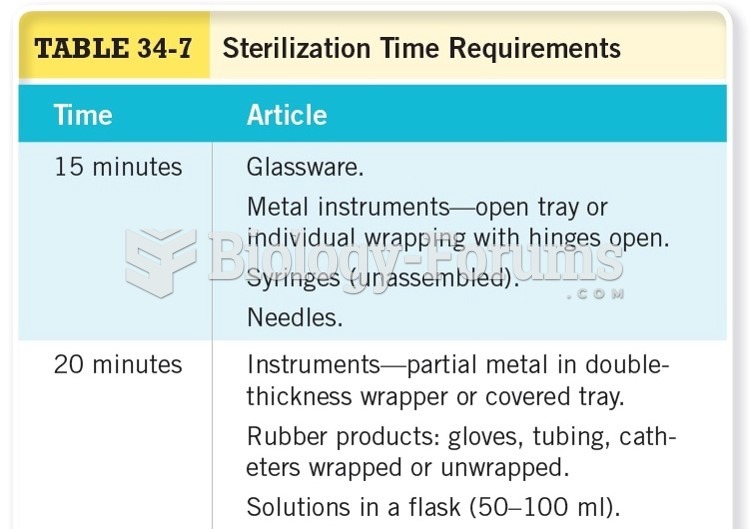Answer to Question 1
Recognizing asbestos hazards
Health hazards of asbestos exposure
Relationship between smoking and asbestos in lung cancer
Protective controls for minimizing exposure in selected operations
Proper use of respirators
Proper work practices for performing asbestos jobs
Requirements of the medical surveillance program
OSHA's asbestos standard (1926.1101)
Contact information for public health organizations that provide information or smoking cessation programs
Sign and label requirements
Answer to Question 2
It is necessary to have a goal relating to fatalities because no company wants to have a fatal accident, yet such accidents are always a possibility. Since this is the case, the only acceptable goal relating to fatalities is zero. Few construction executives are going to want to publish a safety and health plan that implies acceptance of even one fatal accident. Reduction of job-related injuries should also be considered a mandatory goal. Few construction companies are going to maintain a perfect safety record over time. As long as there are people working together to meet deadlines, there will be accidents and injuries. The question, then, becomes how many? The answer has got to be as few as possible. The percent of reduction that accompanies this goal depends on the company's current safety record and how much it can be realistically improved if the company is appropriately challenged.
This same rule of thumb applies to goals relating to lost time for accidents, workers compensation claims, and near miss accidents. With all of these goals, it is important to avoid both the low-ball and the pie-in-the-sky syndromes. Striking a realistic balance between being sufficiently challenging on the one hand and fully credible on the other is the key. If, for example, the company had 100 workers compensation claims last year, reducing this number by 75 might be unrealistic. On the other hand, reducing it by 40 would be challenging and might be sufficiently realistic.
Goals relating to training are similar to those relating to fatal accidents. If a company is going to set a goal in this area, it must be set high. Otherwise, the wrong message is sent. A 100 participation rate is not necessarily required, but to set the goal much lower is to say that the company accepts the fact that employees might be working in a potentially hazardous situation without the proper training.







